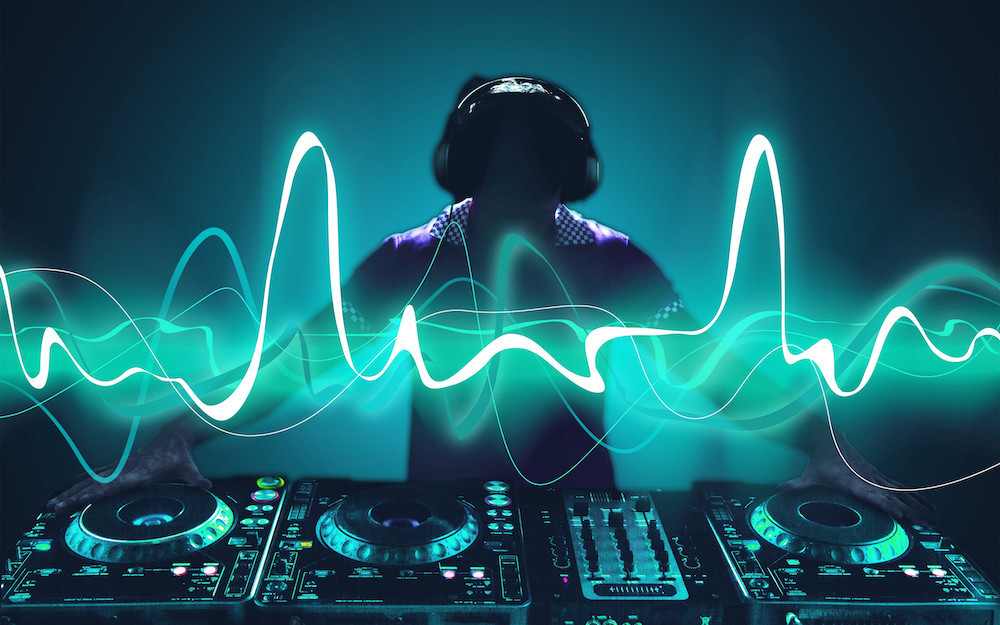In Luxembourg, Belval is the main site devoted to research. It features the headquarters of the Fonds national de la recherche (FNR), a good part of the facilities of the University of Luxembourg and the List, but also those of the Luxembourg Institute of Socio-Economic Research (Liser), and Luxinnovation. Nevertheless, for most Luxembourgers and border residents, Belval is above all synonymous with music, with the presence of one of the main halls of the greater region: the Rockhal.
Therefore, in the framework of Esch2022--European Capital of Culture, some of these actors (Rockhal, the FNR, the University and the List) decided to propose a “mix” of what makes Belval. A project was thus born to link music and statistics: The Sound of Data--Science meets Music.
The sonification of data
A project that aims to highlight the sonification of data. Sonification being “the representation and emission of data in the form of sounds”, says , the coordinator of The Sound of Data. Or, put another way: the transformation of data into sounds. These sounds can then be processed to create music. A telling example (available in the short video below) is the recording of a heartbeat, transformed into a musical beat that can serve as the basis for a song.
If you're into music, you'll know that this technique is already used by some electro producers. “Not only by producers. Some singer/songwriter artists, whose music is arguably much more organic, also use this technique,” says Olivier Toth, the director of Rockhal, with a smile.
He adds: “What we are going to offer here goes beyond the 'sampling' (using an extract from another song in one's own piece, editor's note) that so many artists exploit. We're not going to take sounds from elsewhere, we're going to create them, transform them, from data.”
An album and a concert
Data that has already been collected and is still being collected by various institutes at the University of Luxembourg and the List. This data ranges from traffic data on the motorway bordering Belval to data on the history of the site, as well as other art-related data.
“How do you transform some of this data that is not sound into sound? The Belgian Valery Vermeulen has developed algorithms that do this”, continues the CEO of the Rockhal.
Valery Vermeulen is a Belgian producer/musician who is also a mathematician and researcher at the University of Antwerp. He is considered one of the pioneers in his field and will therefore put his talent at the service of the Esch project.
With the sounds he will have obtained, he will create songs that should be transformed into an album to be released at the end of the year. But he will also be in Belval to raise awareness as well as to accompany and train musicians from Luxembourg and the Greater Region who wish to take part in the various workshops that will be organised during this 2022. One of the aims of this project, The Sound of Data--Science meets Music, is to show that all the data that surrounds us can also serve as inspiration in a creative process.
Other activities (scheduled between March and December) will also be part of this project. And to convince those who are not yet convinced, a concert will be organised at the Rockhal on 3 December 2022, featuring Max Cooper. He is one of the bigger names of the genre, his music oscillating between techno, experimental and electronica, which has allowed him to take part in festivals such as Glastonbury, Fuji Rock Festival and Bestival, among others.
This story was first published in French on . It has been translated and edited for Delano.
